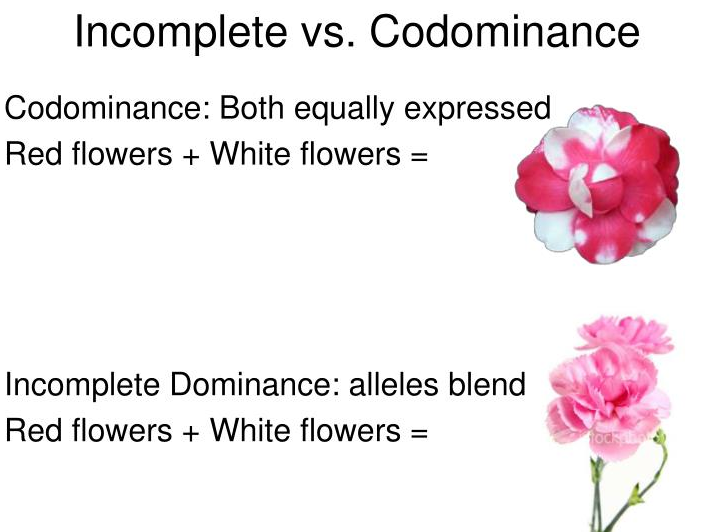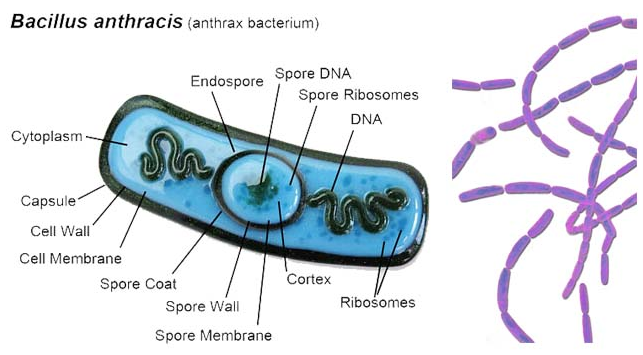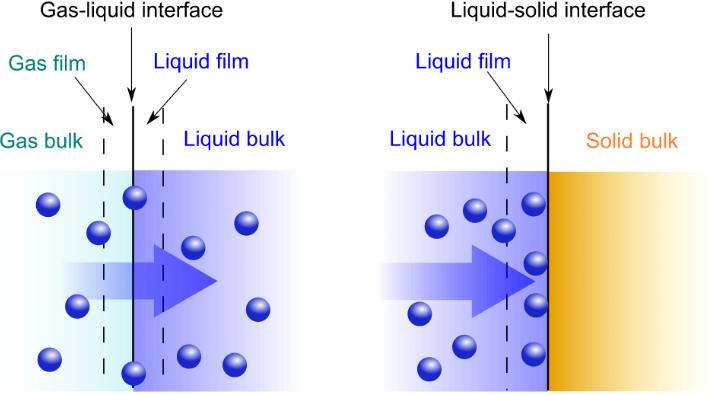Difference Between Forging and Casting
Forging Forging is the metalworking process involving the shaping of metal using localized compressive forces. At the end of the forging process, the resulting product features extreme strength, impact toughness and wear resistance due to thermal and mechanical treatment. Forging can be classified according to the temperature at which it performed: cold forging, warm forging … Read more








